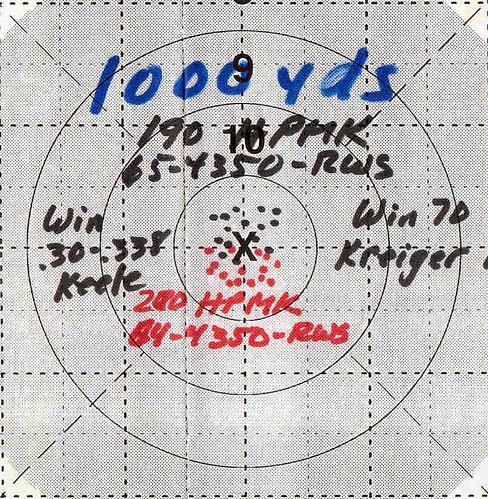I am new to the whole long range hunting and precision reloading. I am having Travis Redell with RBros rifles build me a 7 rem mag to shoot the 180 bergers.
I have a bunch of questions about reloading(I know I could call him and ask but I hate bothering him, but I will ask him eventually).
It is my understanding that on the belted magnums the headspace is measured from the bolt face to the belt. That is fine but everything I have read about accurate reloading talks about headspacing off of the shoulder and bumping it back .003-.002. Otherwise with the belt the case will stretch way out because the belt. Is this something Travis may take care of in his reamer? Can you safely use the shoulder to headspace off of and not worry about the belt? Do you have to resize the bulge near the belt? Could you have a reamer built with excessive headspace and use the shoulder as the part of the case that stops forward movement?
One of the nice things is RBros will hand me a dummy round that shoots 1/2 moa when I pick up the rifle. That will make it nice and all I have to do is reload the same. At the same time I am trying to learn all that I can.
I have a bunch of questions about reloading(I know I could call him and ask but I hate bothering him, but I will ask him eventually).
It is my understanding that on the belted magnums the headspace is measured from the bolt face to the belt. That is fine but everything I have read about accurate reloading talks about headspacing off of the shoulder and bumping it back .003-.002. Otherwise with the belt the case will stretch way out because the belt. Is this something Travis may take care of in his reamer? Can you safely use the shoulder to headspace off of and not worry about the belt? Do you have to resize the bulge near the belt? Could you have a reamer built with excessive headspace and use the shoulder as the part of the case that stops forward movement?
One of the nice things is RBros will hand me a dummy round that shoots 1/2 moa when I pick up the rifle. That will make it nice and all I have to do is reload the same. At the same time I am trying to learn all that I can.

